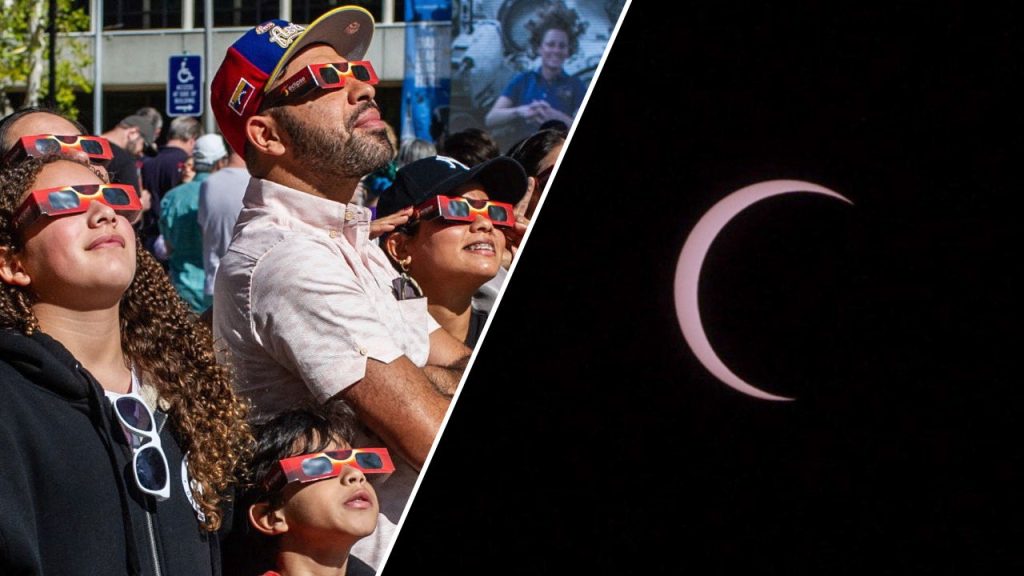The solar eclipse, a marvel of science, is surrounded by mystery and excitement, but also misconceptions. Prevent Blindness, an organization dedicated to eye safety, is dispelling common myths ahead of the upcoming eclipse on April 8. Jeff Todd, president and CEO of the organization, warns against looking directly at the sun during the eclipse, as it can cause permanent eye damage, including ‘eclipse blindness’ or retinal burns. He explains that it is only safe to remove eye protection during a total solar eclipse when the moon completely covers the sun, and even then, caution should be exercised.
There is a misconception that it is safe to view the eclipse through a smartphone camera. Todd advises against this, warning that trying to line up the camera for a perfect shot could lead to accidental direct sun exposure, harming both your eyes and the camera. Looking through the optical viewfinder of a camera can also cause damage to your eyes, similar to direct sun exposure. However, there are safe ways to photograph the eclipse, such as reviewing guidelines in advance to ensure proper preparation.
Another common myth is that eclipses emit harmful rays that can cause blindness. While it is never safe to look directly at the sun, Todd reassures that with proper eye protection and caution, it is possible to safely experience a solar eclipse. He emphasizes consulting an eye care professional for additional guidance, and encourages prioritizing safety during the eclipse. Additional information and resources from safety experts can be found online at PreventBlindness.org.
Todd also addresses the belief that it is safe to look at the sun for just a minute or two, emphasizing the dangers of exposure without proper eye protection. He explains that even during a total solar eclipse, where it may be safe to briefly remove glasses, caution is still necessary. It is never safe to look at a partial solar eclipse without appropriate eye protection, as the risks of eye damage remain high. Todd stresses the importance of understanding the differences between types of eclipses and the precautions needed for each.
As the solar eclipse approaches, Todd urges those planning to view it to prioritize safety and take necessary precautions. He advises against engaging in risky behaviors, such as looking directly at the sun without protection or using a smartphone camera to photograph the eclipse. By following safety guidelines and consulting with eye care professionals, individuals can safely enjoy the wonder of a solar eclipse without risking permanent eye damage. For more information on eye safety and resources, visit PreventBlindness.org and consult with experts in the field.


